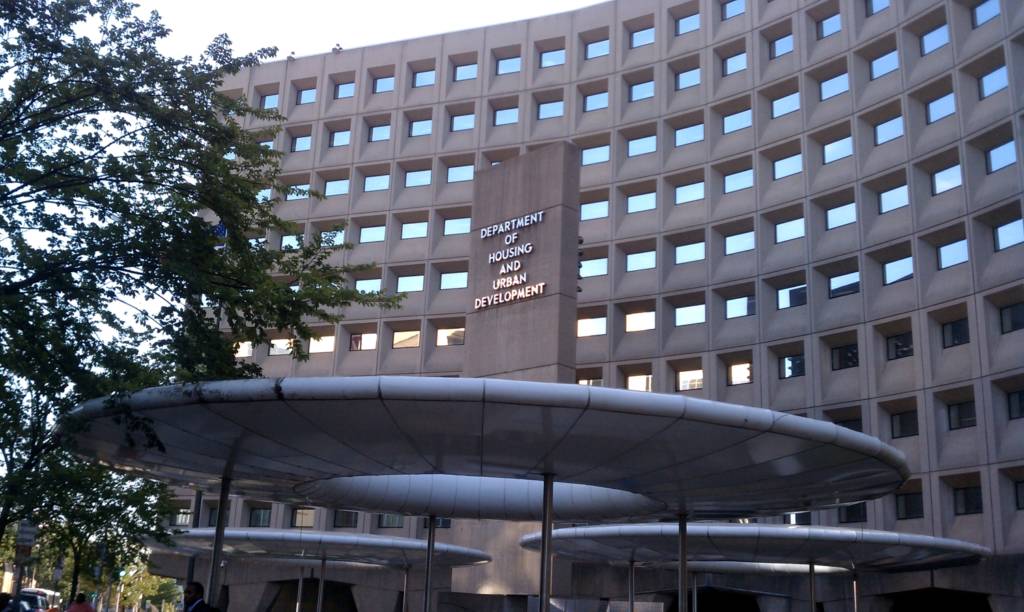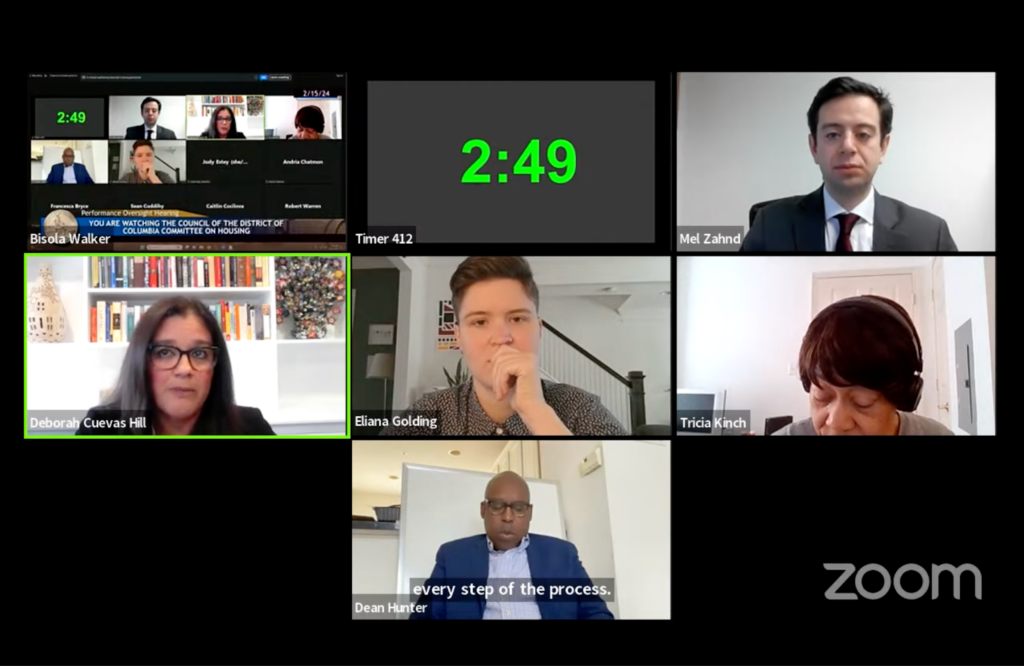Cities across the country intend to reduce homelessness, but few have turned their best practice plans into reality, according to a new study from the Urban Institute and Walter R. McDonald & Associates.
The U.S. Department of Housing and Urban Development (HUD) commissioned the report, entitled “Strategies for Reducing Chronic Street Homelessness,” in connection with the Bush administration’s 10-year plan to end homelessness. However, because the finding showed that cities were far from ending homelessness, the report, which was released in March, has its name changed and its focus shifted to lessons learned and successful approaches to reducing chronic homelessness in U.S. cities.
Despite this shift from “ending” to “reducing,” HUD is presenting the findings as a guidebook that all cities should use when developing initiatives to address homelessness.
“This study is a valuable tool for any community who is serious about ending the cycle of homelessness,” said HUD’s Acting Secretary Alphonso Jaskson.
The study analyzed the plans in seven cities – Columbus, Philadelphia, San Diego, Los Angeles, Birmingham, Boston, and Seattle – and their key successful elements, many of which are fairly straightforward. For example, representatives from all of the cities pointed out the necessity of clear goal setting and appropriate organizational structures and leadership in their plans to reduce homelessness.
More innovative practices outlined in the report involve community-wide support and mainstream agency involvement. Advocates in these cities said that because many homeless people suffer from mental and other disabilities and because many are substance abusers, the help of agencies that have the mandate and skills to assist with these problems is necessary. In addition, they said that a community-wide buy-in is needed to fully recognize the problem and deal with its complexity.
Other aspects that play a role in successful plans include private-sector involvement, local elected official commitment, and a way of tracking progress. Advocates said that both feedback and consistent evaluation are key to improving and expanding homelessness reduction plans.
Interestingly, a common contributing factor to success was having a strategy to combat Not In My Back Yard (NIMBY), an organization that is essentially resisting the establishment of facilities or programs in individual neighborhoods. The study pointed out that recognizing that NIMBY is a problem and having proactive strategies with which to deal with it helps develop a community-wide approach and a common goal.
The report also highlights the need for the rethinking of strategies and the importance of a
paradigm shift.” Some new strategies include “housing first” models, more effective methods of connecting homeless people with services and housing, and a better discharge plan from jails and mental-health hospitals.
HUD’s Jackson applauded these innovative efforts and said that they “are teaching us to change the way we approach helping those among us who have only the streets to call their home.”
Still, chronic homelessness is persistent in the cities that were studied. But in many cases, it took a trigger event – such as a new downtown development or an ordinance – to spur a new approach to reducing homelessness.
Advocates interviewed in the study pointed out that other cities should capitalize on these catalyst events and use them to spur the movement in other organizations and programs.








